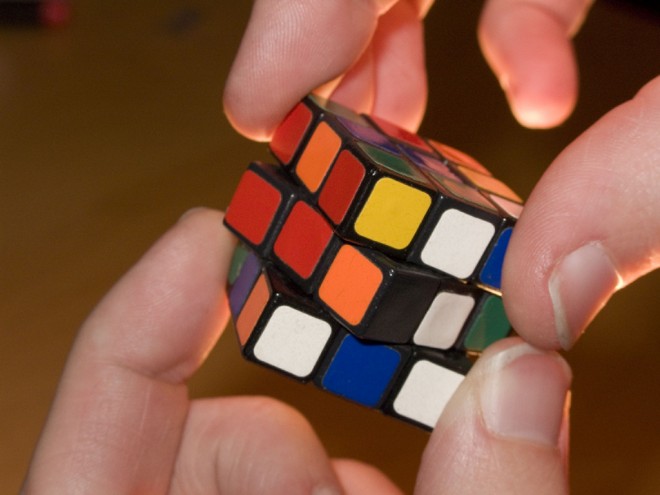I’ll be honest, I’ve only solved a Rubik’s Cube once. Heck, I even used my years of apprenticeship in voodoo magic to do that, so it doesn’t count. I’ve long ago conceded that I’m not stupid – my brain just hasn’t evolved so far as to enable me to solve this otherworldly conundrum. Leave it to Google’s computers to make me feel like shit: they’ve done the calculations and every Rubik’s cube position can be solved in only 20 moves or less. Damn, I must be really stupid.
A team of researchers – consisting of Kent State mathematician Morley Davidson, Google engineer John Dethridge, math teacher Herbert Kociemba and programmer Tomas Rokicki – is responsible for the research, which sought to find what they called “God’s Number,” the shortest sequence of moves that the most efficient algorithm will take to solve all arrangements for the Cube.
The team arrived at the findings using idle computer time donated by the search giant to do their calculations. Why did they need Google’s resources? Because calculating such massive input would have taken a single 2.8-GHz quad-core Intel Nehalem computer 35 years to come up with the results. For its part, Google won’t disclose exactly what kind of computing resources it provided, but we imagine it’s pretty heavy.
According to the group, all 43,252,003,274,489,856,000 possible starting positions for Erno Rubik’s classic puzzle can be solved with 20 or fewer rearrangements – which improved on the prevailing opinion that “God’s Number” is 22. You can read details of how they broke the problem down and programmed the solution from the website below.
[Cube 20]
